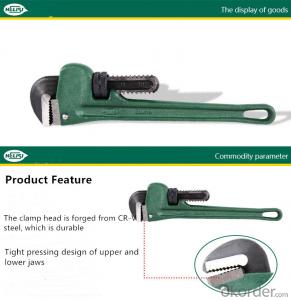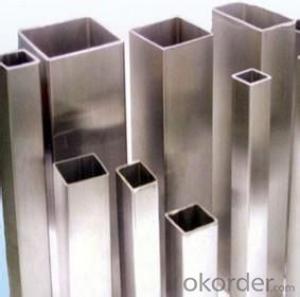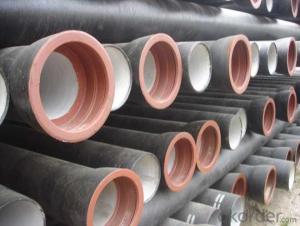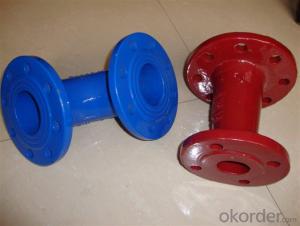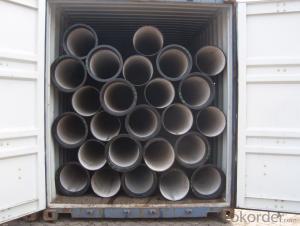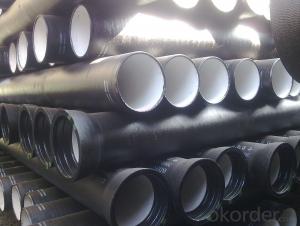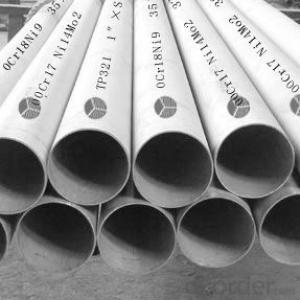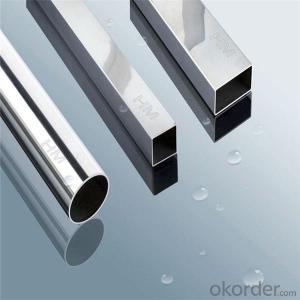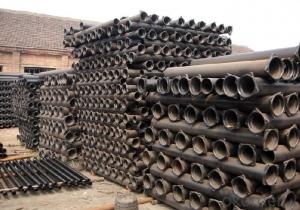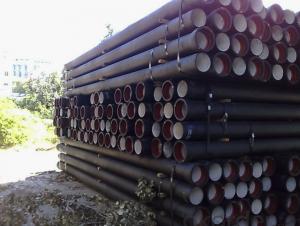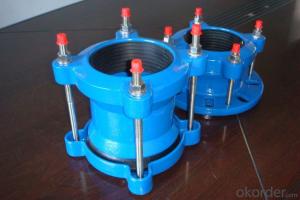Pipe Stainless
Pipe Stainless Related Searches
Flexible Steel Pipe Aluminum Pipe Stock Perforated Pvc Pipe Small Bore Plastic Pipe Bondstrand Fiberglass Pipe Pipe Insulation Wrap 18 Heavy Duty Aluminum Foil 24 Heavy Duty Aluminum Foil Heavy Gauge Aluminum Foil Heavy Duty Aluminum FoilHot Searches
Steel Mesh Panels For Sale Cheap High Tea Sets For Sale High Density Fiberboard For Sale Solar Hot Water Collectors For Sale Scaffolding For Sale In Uae Scaffolding For Sale In Ireland Scaffolding For Sale In Houston Type Of Inverter For Solar Used Solar Inverter For Sale Portable Led Signs For Sale Stone Hot Water Bottles For Sale Large Led Screens For Sale 1/4 Aluminum Plate For Sale Passive Solar Water Heater For Sale H4 Led Headlight Bulbs For Sale Air Pump For Aquarium Price Inverter Size For Solar System Solar Edge Inverter For Sale 5kw Solar Inverter For Sale Printed Solar Cells For SalePipe Stainless Supplier & Manufacturer from China
Okorder.com is a professional Pipe Stainless supplier & manufacturer, offers integrated one-stop services including real-time quoting and online cargo tracking. We are funded by CNBM Group, a Fortune 500 enterprise and the largest Pipe Stainless firm in China.Hot Products
FAQ
- SA-179 what kind of material is steel pipe?
- Seamless steel pipe having a hollow cross section, used as a conduit for conveying fluids, such as pipelines for transporting petroleum, natural gas, gas, water, and certain solid materials.
- The maximum temperature for stainless steel pipes can vary depending on the specific grade of stainless steel being used. However, in general, stainless steel pipes can typically withstand temperatures ranging from 1000 to 1600 degrees Fahrenheit (537 to 871 degrees Celsius).
- The composition and inclusion of certain elements distinguish 304LN and 316LN stainless steel pipes from each other. 304LN stainless steel is an austenitic type that contains a low amount of carbon and nitrogen. Its purpose is to provide better strength and corrosion resistance compared to standard 304 stainless steel. The addition of nitrogen encourages the formation of a stable austenite phase, which improves the mechanical properties of the material. On the contrary, 316LN stainless steel is also an austenitic variety but has molybdenum and a higher nickel content compared to 304LN. The inclusion of molybdenum increases the material's resistance to pitting corrosion caused by chlorides and other aggressive environments. The higher nickel content further enhances the corrosion resistance, making it suitable for more demanding applications, such as marine environments or chemical processing. In conclusion, both 304LN and 316LN stainless steel pipes are austenitic and offer good corrosion resistance. However, the addition of molybdenum and higher nickel content in 316LN makes it more suitable for applications requiring enhanced corrosion resistance, especially in aggressive environments.
- Pharmaceutical storage tanks can utilize stainless steel pipes. The pharmaceutical industry highly favors stainless steel due to its exceptional resistance to corrosion, long-lasting nature, and ability to uphold cleanliness. Its non-reactive properties are advantageous in preventing contamination of stored pharmaceutical products. Furthermore, stainless steel pipes possess a smooth surface that is easy to clean, making them ideal for maintaining the necessary hygiene standards in pharmaceutical storage. Additionally, stainless steel can endure extreme temperatures and withstand the demanding cleaning procedures commonly employed in pharmaceutical facilities. Consequently, stainless steel pipes are widely employed in constructing pharmaceutical storage tanks to guarantee the safety and preservation of the stored pharmaceutical products.
- Yes, stainless steel pipes are highly suitable for dairy applications. They offer excellent corrosion resistance, hygiene, and durability properties required for the handling of dairy products. Additionally, stainless steel pipes can be easily cleaned and maintained, ensuring the highest standards of food safety and quality in dairy processing.
- There are several different types of stainless steel pipe bends available in the market. Some of the most commonly used types include: 1. Long radius bends: These bends have a larger radius compared to other types, which results in a smoother flow of fluid or gas through the pipe. They are often used in applications where the flow needs to be maintained at a consistent speed or where there are concerns about pressure drop. 2. Short radius bends: These bends have a smaller radius, which means they have a tighter curvature compared to long radius bends. They are typically used in applications where space is limited, such as in tight corners or in compact piping systems. 3. U-bends: U-bends have a 180-degree curve, forming a U-shape. They are commonly used in heat exchanger systems, where they allow for the efficient transfer of heat between two fluids. 4. 3D bends: 3D bends have a radius three times the diameter of the pipe. They are often used in applications where there is a need for a gradual change in direction, as they provide a smoother flow compared to sharper bends. 5. 5D bends: 5D bends have a radius five times the diameter of the pipe. They are typically used in applications where there are strict requirements for fluid or gas flow, as they minimize pressure drop and turbulence. 6. Mandrel bends: Mandrel bends are formed using a mandrel, which is a solid rod inserted into the pipe during the bending process. This helps maintain the shape and integrity of the pipe, resulting in a smooth and uniform bend. Mandrel bends are often used in applications where there are strict requirements for the roundness and smoothness of the bend. It is important to choose the right type of stainless steel pipe bend based on the specific requirements of the application, such as the fluid or gas being transported, the pressure and temperature conditions, as well as any space limitations. Consulting with a professional or supplier can help ensure the appropriate selection of pipe bends for the specific application.
- Indeed, underground applications are well-suited for the utilization of stainless steel pipes. Renowned for its remarkable resistance to corrosion, stainless steel proves to be an exceptional selection for installations that are situated beneath the surface, where pipes are regularly exposed to moisture, soil, and other detrimental elements. Its ability to endure harsh environments while maintaining its structural integrity over time is truly impressive. Moreover, stainless steel pipes possess superior strength and durability, enabling them to withstand the immense pressure and stress associated with being buried underground. Furthermore, the non-reactive nature of stainless steel ensures that the water or fluid flowing through these pipes remains uncontaminated. Overall, stainless steel pipes can be relied upon as a dependable and long-lasting solution for underground applications.
- Stainless steel pipes, being renowned for their exceptional corrosion resistance, durability, and strength, find their suitability in high-pressure applications. They serve as an optimal choice for handling fluids or gases under high pressure owing to their ability to endure extreme conditions without deformation or failure, which is attributed to their high tensile strength. Moreover, stainless steel pipes exhibit consistent properties even in the face of temperature fluctuations, both high and low, ensuring their reliability and effectiveness in high-pressure scenarios.


